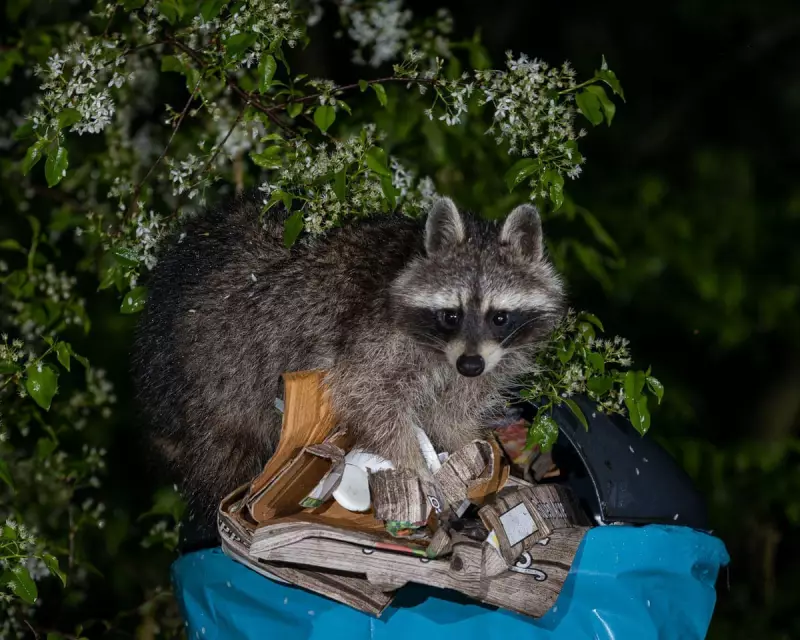
Could the mischievous raccoons raiding your bins at night eventually become cuddly companions? Recent scientific research suggests these clever urban mammals might be undergoing a remarkable evolutionary transformation right before our eyes.
The Self-Domestication Phenomenon
According to a groundbreaking study published in Frontiers in Zoology, urban raccoons across North America are showing early signs of domestication. Unlike traditional domestication where humans deliberately breed animals, this process appears to be happening naturally. The animals are essentially domesticating themselves by adapting to city life.
When raccoons first ventured into urban areas, they discovered two key advantages: fewer predators and abundant food sources in rubbish bins. The boldest individuals thrived in this environment, passing their less skittish genes to subsequent generations. Over time, this natural selection has created populations of increasingly confident city-dwelling raccoons.
Physical Changes Emerging
The University of Arkansas research uncovered something remarkable: urban raccoons now have snouts approximately 3.5% shorter than their rural counterparts. This physical change represents a crucial indicator of domestication syndrome - a collection of traits commonly seen in domesticated animals.
Domestication syndrome includes features like shorter snouts, floppy ears, curly tails, patchy markings, and reduced brain and body size. These characteristics famously emerged in Russian geneticist Dmitry Belyaev's silver fox experiment, where selecting for tameness over just ten generations produced physical changes including shorter muzzles and curlier tails.
The Science Behind the Transformation
The theory behind these changes involves neural crest cells, which play a vital role during embryonic development. These cells help form pigment cells, adrenal glands (controlling stress response), and facial structures including ears and snouts. When animals are selected for tameness, genetic changes affecting neural crest development can inadvertently alter all these features simultaneously.
While urban raccoons are in the very earliest stages of domestication, the pattern mirrors what scientists have observed in other species. The research suggests that if this process continues, raccoons could potentially develop even more pet-like features such as floppy ears and wagging tails.
However, don't expect to see raccoons in pet shops anytime soon. Complete domestication would likely require human intervention through selective breeding programs. For now, these intelligent creatures continue their urban adventures, making the most of the resources we unintentionally provide - truly living up to their 'trash panda' nickname by finding creative uses for what humans leave behind.





